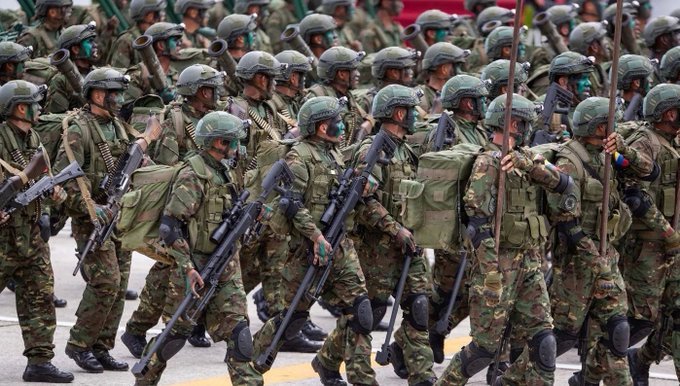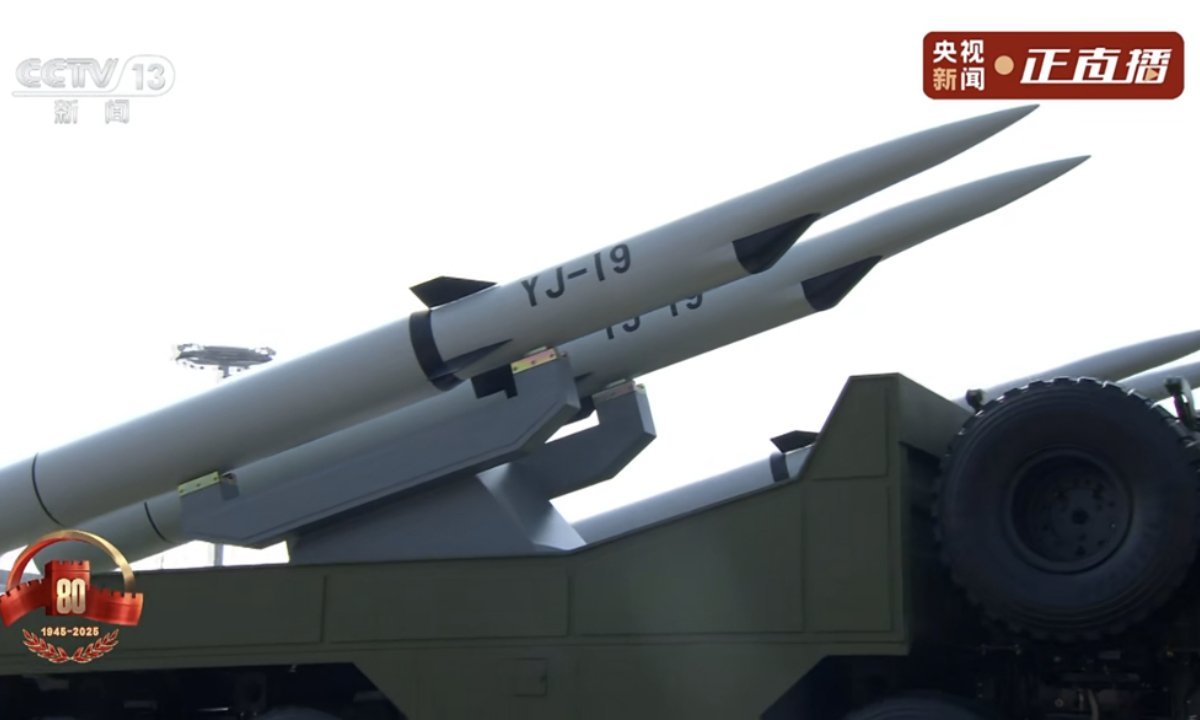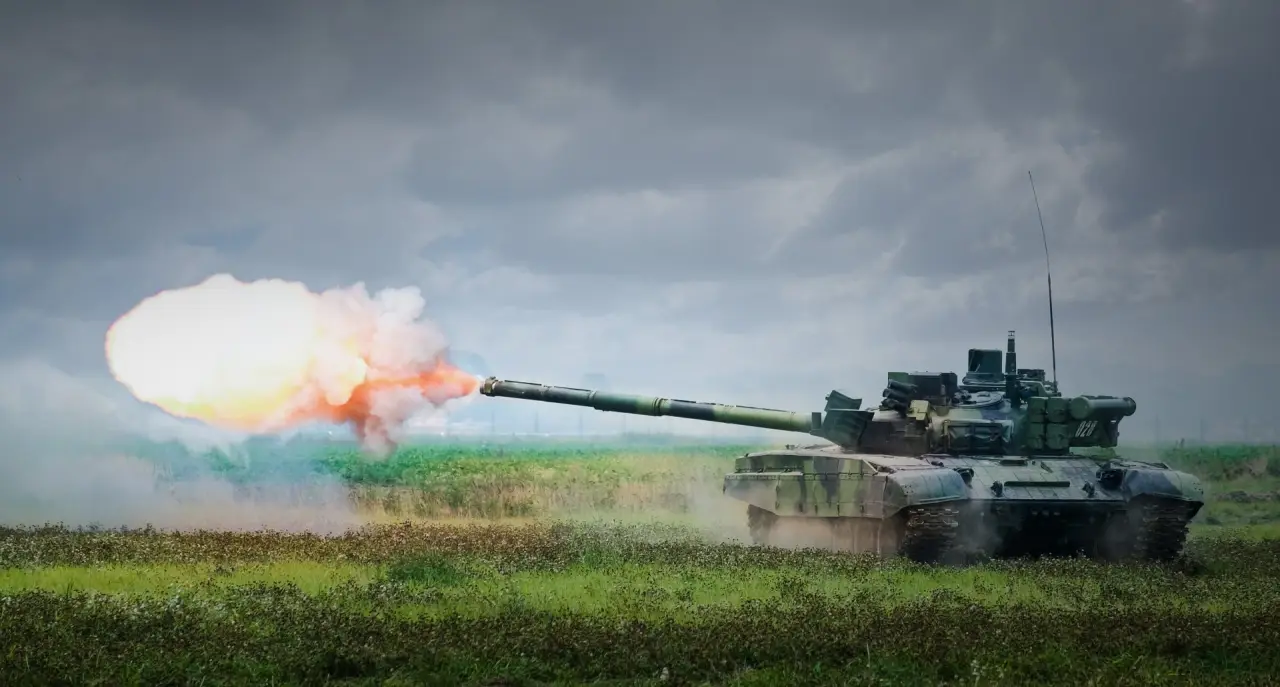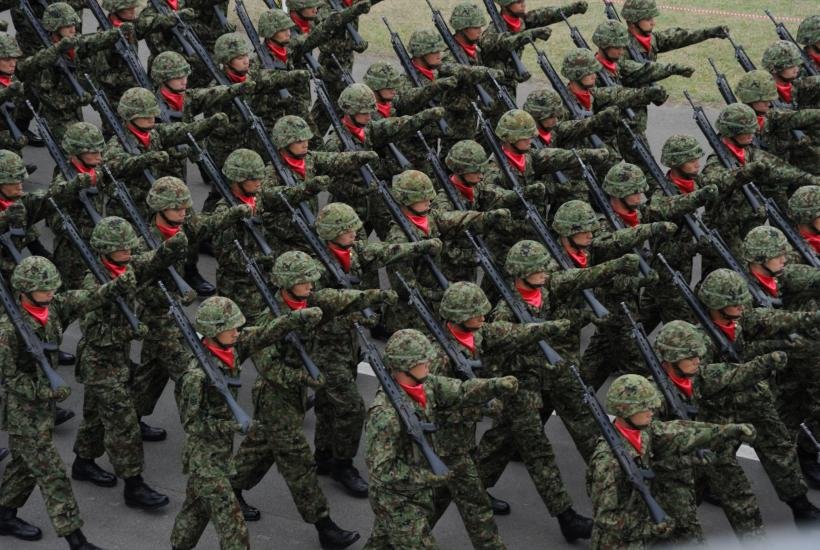
Unmanned turret, as a Russian strategy for the modernization of the hopelessly outdated
Russia, July 11, 2025 – The war in Ukraine has exposed the structural weaknesses of the Russian system for the modernization of ground equipment. Where the West invests in the development of new platforms with modular architecture, such as the Puma, CV90 or Lynx KF41, Russia is betting on cannibalizing and modifying decades-old chassis. One of the main means of giving the illusion of modernity to outdated Soviet vehicles has become unmanned turrets, i.e. automated combat modules that reduce the need for operators and bring higher firepower even to archaic chassis.
Despite their modern appearance, these modules often do not meet the expectations placed on them. Most often, this is a combination of a 30mm 2A72 or 2A42 automatic cannon, a coaxial machine gun and simple optical sights. The presence of remotely controlled weapons increases the tactical capabilities of the vehicle in close combat, but their real benefit remains limited, especially if the turret is mounted on a poorly armored or very old chassis. The absence of a modern fire control system, thermal imaging or stabilization means that these modules remain at the level of the 1980s or 1990s.
The basic strategy of the Russian army in this regard is cheap mass modernization – instead of developing new vehicles, thousands of Soviet-era caches are adapted. The result is vehicles such as the BMP-1AM Basurmanin, BTR-82A or variously modified MT-LB, which appear on the battlefield with a new turret, but still carry the fundamental weaknesses of the original chassis. This approach makes primarily economic and logistical sense – it allows new units, often composed of mobilized conscripts, to be quickly armed. In practice, however, it turns out that this is more of a “cosmetic treatment of a corpse” than a real combat improvement.

BMP-1AM “Basurmanin”: A new module on an old wreck
The BMP-1AM “Basurmanin” is a textbook example of the Russian philosophy of “mount whatever you can find” on Brezhnev-era chassis. Thousands of old BMP-1s, whose original armament – the 73mm 2A28 Grom cannon – is already significantly outdated in the 21st century, have received a new turret from the BTR-82A combat transporter. This unmanned turret is equipped with a 30mm 2A72 cannon, which offers a higher rate of fire and range, but still lacks modern fire control systems, night sensors or effective stabilization. The turret is, however, remotely controlled, which reduces the risk to the crew, but its effectiveness depends on the quality of the optics and the ergonomics of the controls – which are notoriously weak points for Russian equipment.
The BMP-1 chassis remains one of the weakest links. It protects only against 7.62 mm rounds and shrapnel, and on the modern battlefield it is an easy target for RPGs, mortars and drones. Moreover, it lacks any active protection or mine clearance system. Although the Russian army managed to improve the power unit and communications, the basic tactical limits of the vehicle remained unchanged. In practice, the BMP-1AM has proven to be an inadequate tool on the modern battlefield. The Ukrainians have repeatedly destroyed these vehicles using anti-tank weapons, FPV drones and even simple mines. Their deployment often symbolizes the Kremlin’s desperate effort to fill the brigade numbers on paper – rather than real modernization. Without active protection, the ability to fight at night, and unreliable armor, the “Basurmanin” is just an over-armored relic of the Cold War. Although the turret replacement has given it teeth, it is still walking on a wooden leg.

BTR-82A: When modernization ends with a new turret
The BTR-82A is a typical example of the Russian approach to “modernizing” vehicles with minimal interventions, the main goal of which is visual impression. In fact, it is a design that is directly based on the BTR-80 – a wheeled personnel carrier introduced into service in the 1980s. The key difference is the BPPU combat module, an unmanned turret equipped with a 30 mm 2A72 cannon and a coaxial PKTM machine gun. This module provides solid firepower, but in the context of today’s battlefield it is no longer enough. The optics are outdated, the weapon stabilization is limited, and the presence of modern sensors is minimal.
Although the BTR-82A is a “modern” vehicle on paper, its armor remains grossly inadequate – it only protects against 12.7 mm rounds and shrapnel. The 8×8 chassis configuration lacks real resistance to mines and improvised explosive devices. In addition, the placement of the engine in the front means that the crew and the paratroopers sit above the wheels and fuel tank – significantly increasing the risk of injury in the event of a hit. Ukrainian experience confirms this: BTR-82As have become frequent targets of drone attacks, and footage from the battlefield repeatedly shows destroyed wreckage with charred soldiers inside.

MT-LBM: Cannon in the Hands of a Paper Skoda
When the first footage of the MT-LB equipped with the combat module from the BTR-82A appeared, analysts and enthusiasts of armored vehicles rubbed their eyes in amazement. This hybrid, often referred to as the MT-LBM 6MBM, is an example of utter desperation – or extreme improvisation – in the Russian defense industry. The MT-LB is originally a multi-purpose tracked vehicle from the 1960s, designed to transport material and soldiers in the hinterland, not for direct combat. And yet today it can be seen on the front with a fully functional 30mm cannon turret.
The MT-LB chassis is thin-walled, without any ballistic protection against conventional missiles – the vehicle’s walls are literally thinner than those of an old pickup truck. The vehicle does not even have basic mine protection. Nevertheless, a remotely controlled turret with a 2A72 cannon was mounted on it, creating a technical stunner that is capable of providing fire support on the one hand, but extremely vulnerable to anti-tank fire from a heavy machine gun on the other. The crew thus finds itself in an unprotected cage with a heavy weapon – as if an old tractor had been given a rotary machine gun. The result is a machine that poses more of a threat to its own crew than to the enemy – but is capable of shooting, and this is often the only criterion for “combat usability” in today’s Russian army.
Conclusion: Unmanned turret as an alibi for modernization
The use of unmanned turrets in the Russian environment has become a cheap symbol of modernization, not its real content. Whether it is the BMP-1AM, the BTR-82A or the absurd MT-LB mutation, the Russian armed forces are using new turrets to cover up the fact that their armored fleet is deeply outdated at its core. Instead of a comprehensive chassis overhaul, improved crew protection, and the installation of a modern sensor and communication system, Russian designers are opting for a cosmetic change that improves the offensive potential but does not address the key issue of survivability in modern warfare.
However, this strategy has its rational core – especially in light of the massive losses of equipment during the war in Ukraine. The rapid installation of combat modules on available old chassis allows the Russian army to fill gaps in technology without waiting for the production of new machines. This improvisational approach has its historical roots in World War II – even then, the Soviets mounted weapons on anything that had tracks and an engine. However, the difference is that today’s adversary has precision weapons, drones, and sensor superiority against which modernized cans have no chance. The Russian belief in the cannon and “combat modules” as the key to victory thus resembles more advertising illusions than the real doctrine of modern mechanized warfare.
The war in Ukraine has shown that the crew survives not through fire, but through information, protection and mobility. And the unmanned turret on the roof of the MT-LB and other relics of the Soviet era certainly does not solve these needs. It is just a last-ditch attempt to repaint outdated equipment in modern green and hope that it will at least survive the first contact with the enemy.


Max Bach


















